Harry Hill
Content Writer (I’m Harry, the CTO of OperaVPS and a Senior Linux System Administrator with a strong background in systems engineering, DevOps, and cloud infrastructure. Since 2020, I’ve been sharing advanced insights on topics like virtualization technologies, Linux performance tuning, and secure server deployment. My focus is on delivering in-depth content for developers and professionals who want scalable, reliable, and efficient solutions.

Grep Command Tutorial for Linux Text File Search
The Grep command in Linux is a powerful tool for searching specified text strings or patterns within files. It supports recursive, case-insensitive, and highlighted searches, enabling efficient text extraction in various file types. 🤖AI Overview: The Grep command is a versatile Linux utility for searching specific strings or regular expressions within text files. It facilitates […]
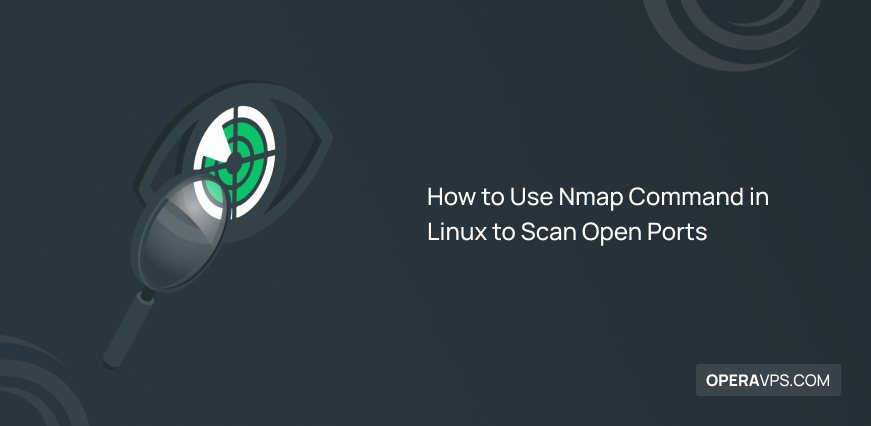
Use Nmap Command in Linux for Port Scanning
Use Nmap Command in Linux to scan open ports and identify active services on a network. Nmap is a command-line tool used for network exploration and security auditing by sending packets to target IPs and analyzing their responses. 🤖AI Overview: Use Nmap Command in Linux for network exploration and security auditing by scanning open ports […]

Linux source Command Usage Guide
The Linux source command executes commands from a specified file within the current shell, allowing immediate application of changes like environment variables or aliases. It is used to load configuration files and refresh environment settings without starting a new shell. Here is the basic syntax of source command in Linux Ubuntu and others: source filename […]
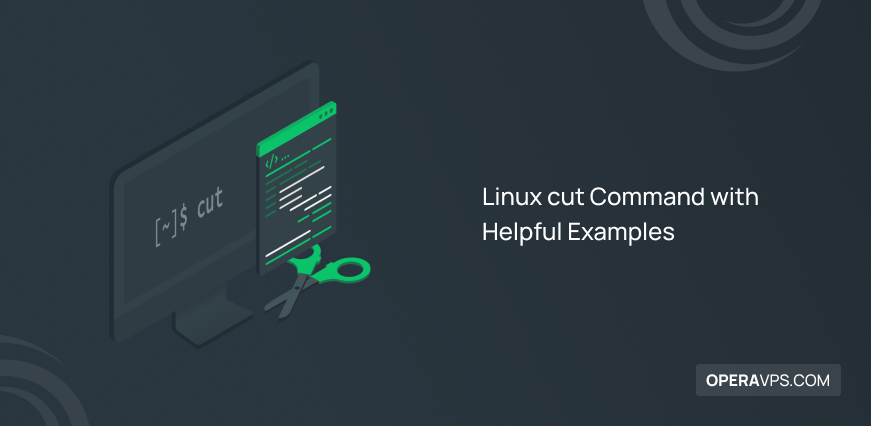
Linux cut Command Examples for Effective Text Processing
The Linux cut command extracts specific sections from text files by characters, bytes, or delimiters. It enables efficient data parsing by isolating fields within formatted text, ideal for scripting and log processing. 🤖AI Overview: The Linux cut command selectively extracts text segments from each line using characters, bytes, or defined delimiters such as commas or […]
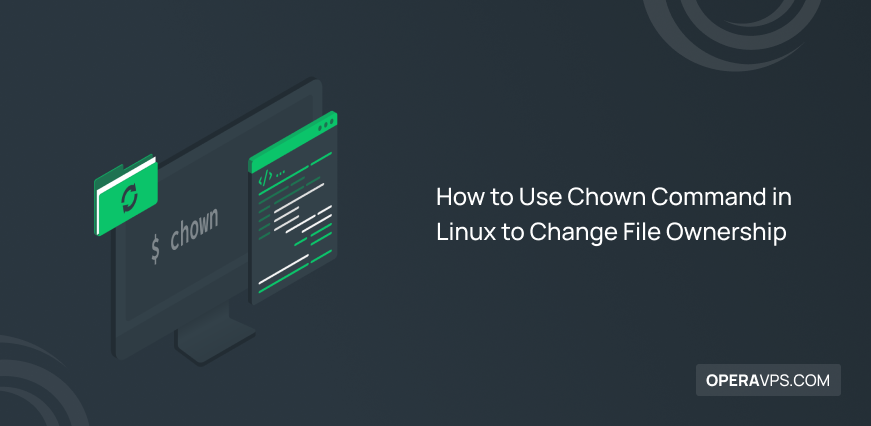
Chown Command in Linux Explained for File Ownership Change
Chown Command in Linux changes file and directory ownership, essential for managing permissions and access control. It assigns new owners and groups to maintain secure file management. 🤖AI Overview: Chown Command in Linux changes ownership of files or directories, assigning new user and group owners. It requires superuser privileges and uses a simple syntax to […]

chmod Command in Linux for Changing File Permissions
The chmod command in Linux changes file and directory permissions, controlling read, write, and execute access. It supports numeric and symbolic modes to manage permissions for owner, group, and others. 🤖AI Overview: The chmod command in Linux is fundamental for managing file permissions. It allows administrators to set access rights for owners, groups, and others […]
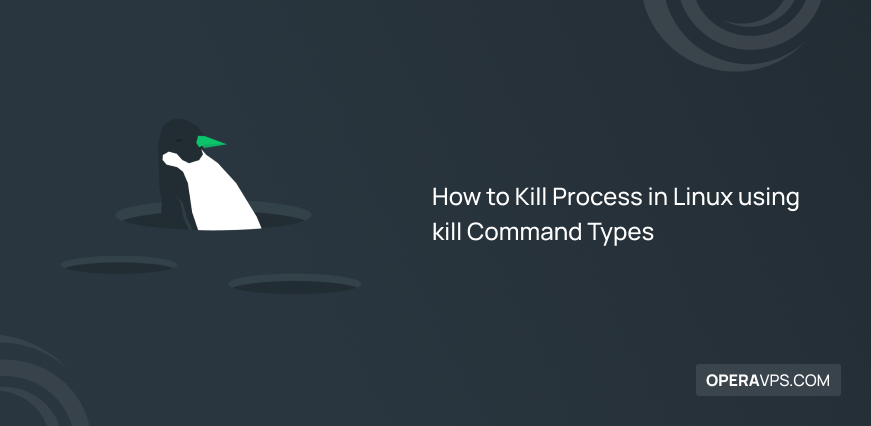
Kill Process in Linux Using kill Command
Kill process in Linux using kill command involves identifying the process ID (PID) and sending termination signals like SIGTERM or SIGKILL. This method safely or forcefully stops unresponsive or resource-heavy processes to maintain system stability. 🤖AI Overview: The kill command in Linux enables users to terminate processes by sending signals such as SIGTERM or SIGKILL. […]
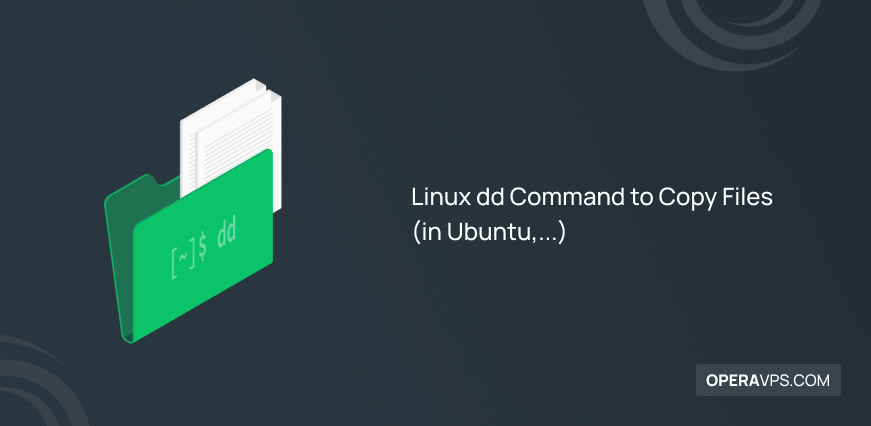
Mastering the Linux dd Command for Efficient Data Management
Linux dd Command is a utility for copying and converting data at a low level in Unix-like systems. Developers use it to create disk images, clone drives, and perform backups. The command reads and writes raw device files for precise control over data transfer. 🤖AI Overview: The Linux dd Command is a powerful utility used […]
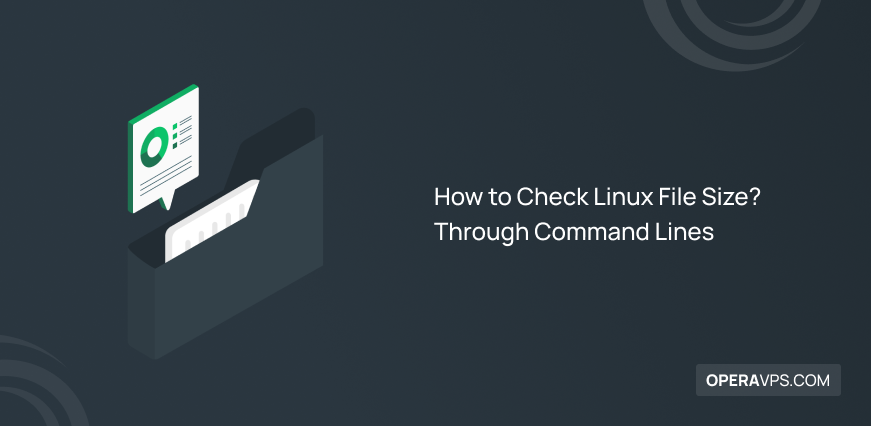
Check Linux File Size Easily with Common Commands
Check Linux file size using commands like ls, du, stat, and wc to view file data in human-readable or byte formats. These commands help effectively manage storage and monitor file usage on Linux systems. 🤖AI Overview: Multiple Linux commands allow checking file size with various levels of detail. The ls command displays sizes in human-readable […]
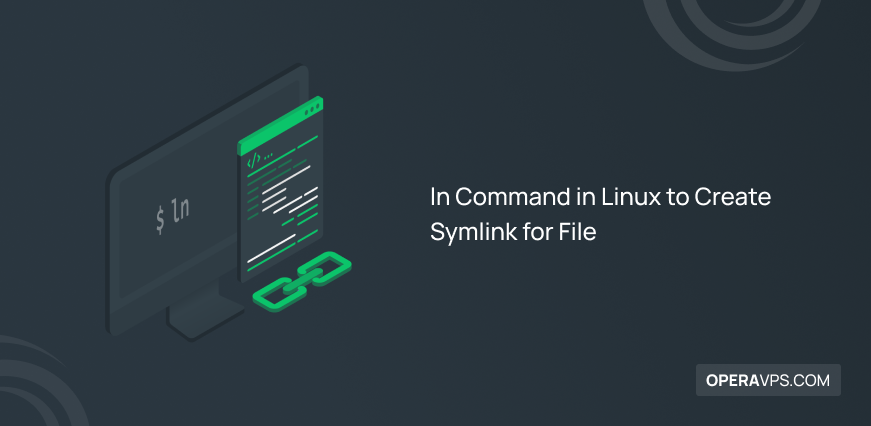
Create Symlink for File in Linux A Complete Guide for Developers
Create Symlink for File means linking one file to another location using a symbolic link. To create a symlink use ln -s source target in the Linux terminal. Developers use this to manage files efficiently. 🤖AI Overview: Create Symlink for File refers to making a shortcut or reference to a file in another location on […]

Install Node.js on Windows Efficiently A Guide for Developers
Install Node.js on Windows by downloading the installer from the official Node.js website and running it. Follow the setup prompts and complete the installation process. This setup allows development with JavaScript on Windows systems. 🤖AI Overview: Install Node.js on Windows refers to the process of setting up the Node.js runtime environment on a computer running […]
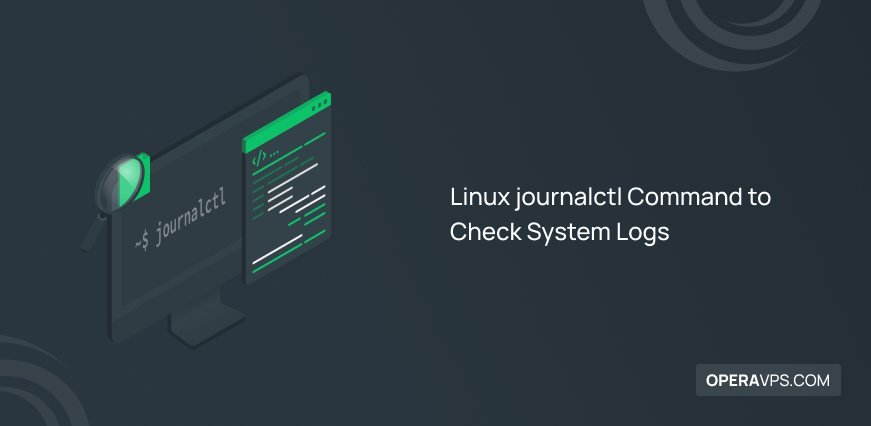
Mastering the Linux journalctl Command for Efficient Log Management
Linux journalctl Command is used to view and filter systemd journal logs on Linux systems. Developers can use options to search logs by time, service, or severity. Run journalctl with or without options to inspect log entries. This command assists with debugging, monitoring, and auditing system activity. 🤖AI Overview: The Linux journalctl Command is a […]
